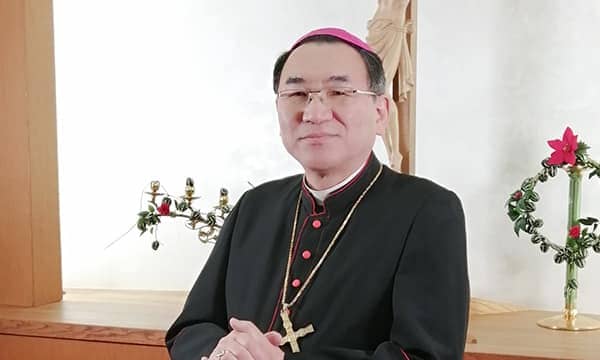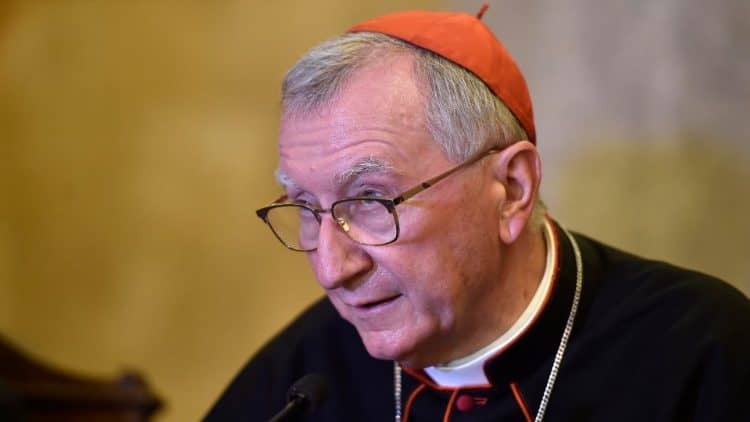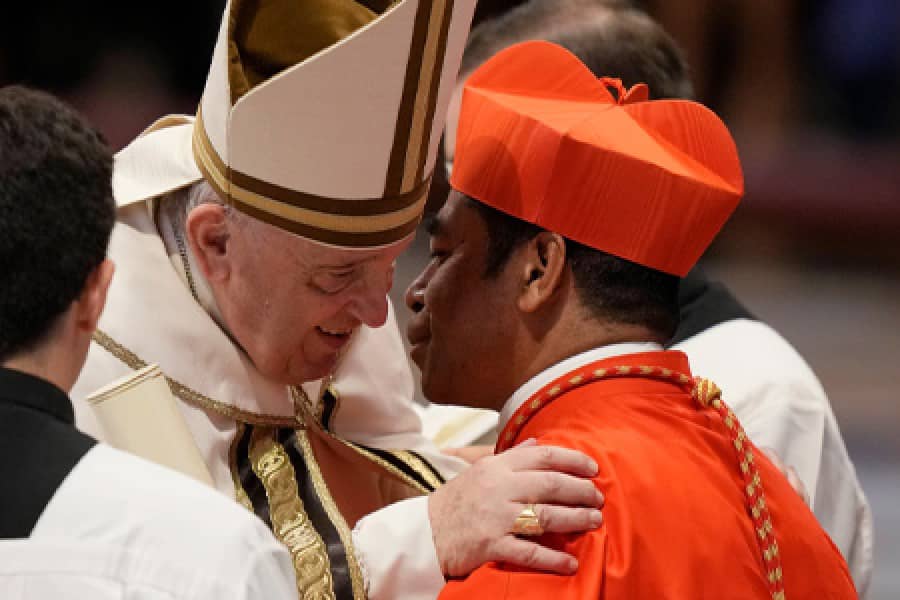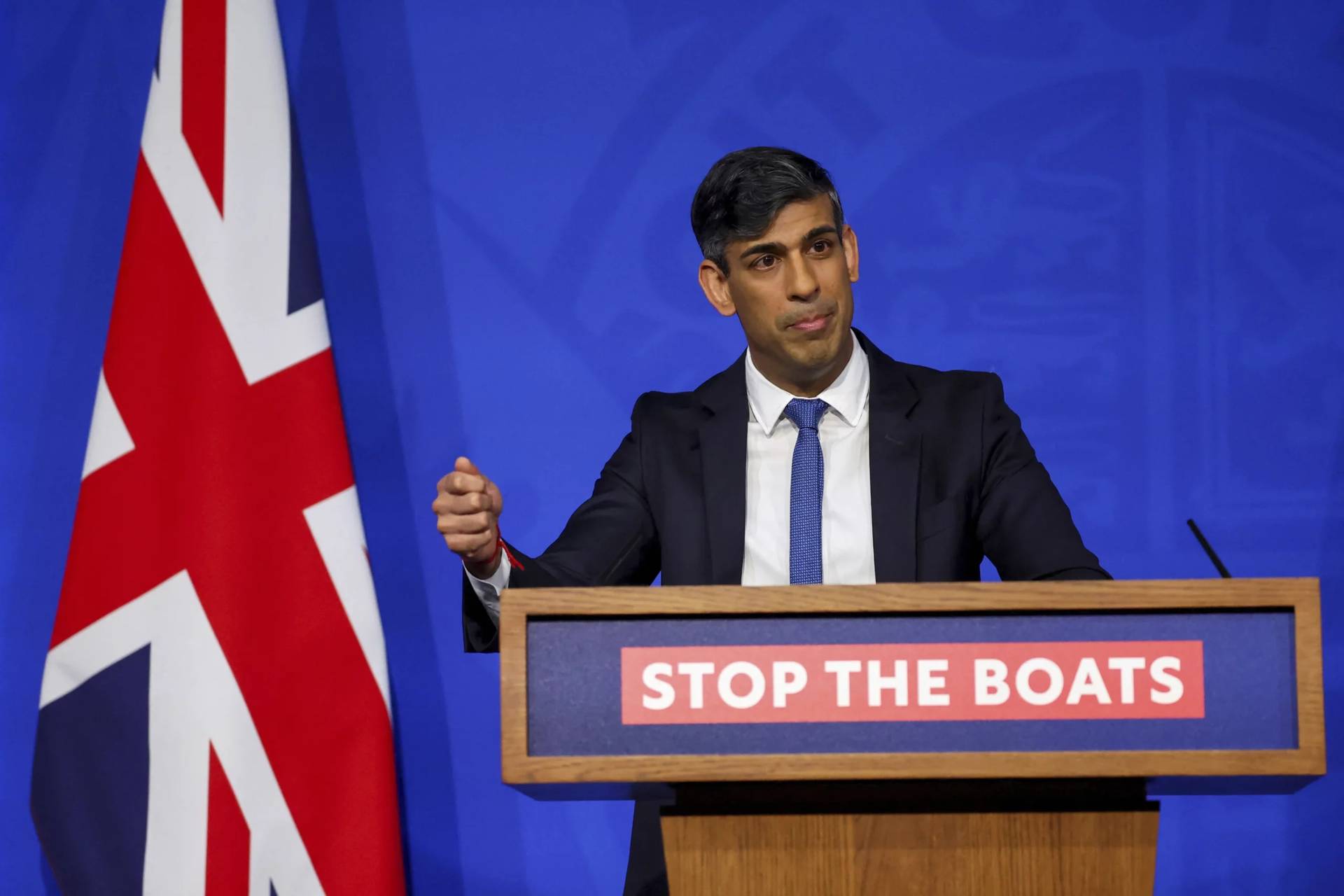ROME — Recently news broke in Germany about widespread sexual and physical abuse at a well-known Catholic boys’ choir, news that ricocheted around the world because when the abuse occurred, the choir was being directed by Monsignor Georg Ratzinger, the brother of emeritus Pope Benedict XVI.
The data was truly shocking: at least 231 children abused over four decades, from the 1950s to the 1990s, representing one out of every three boys in the famed Regensburg “Domspatzen” choir during that time.
A lawyer who compiled the report said that although there are no accusations of abuse against Ratzinger himself, who’s now 91, the research leads him to believe the pope’s brother must have known what was happening.
Around the same time, the Vatican was reeling from the latest twists in the “Vatileaks 2.0” saga, centering on leaks of secret papal documents revealing various kinds of financial corruption or dubious expenditures: cardinals living in swanky apartments, money being used to influence sainthood causes, all kinds of people who aren’t supposed to getting access to low-costs goods in the Vatican such as tobacco and gas, and so on.
(It’s called “2.0” in reference to the first Vatileaks scandal in 2012, involving the theft of documents from Pope Benedict by his then-butler.)
Both stories are embarrassing for the Vatican and for the Church, and both raise troubling questions: How could such misconduct have gone for so long without being detected, and what sort of accountability will be imposed so it doesn’t happen again?
Lost in the shuffle, however, is another point that both the German abuse story and Vatileaks 2.0 have in common: Neither would have come to light had the Church itself not made the decision to get to the bottom of things.
In the case of the choir, the lawyer who presented the recent report was doing so on behalf of the local Catholic diocese of Regensburg in Bavaria. The diocese hired him after charges of abuse first surfaced, to find out what had happened and who was responsible.
In similar fashion, the documents at the heart of Vatileaks come from a commission empaneled by Pope Francis shortly after his election, known by its Italian acronym COSEA, to examine the Vatican’s financial operations in detail and to make proposals for reform.
It delivered its final report in 2014, including 20 or so specific cases of financial irregularities it had discovered.
That’s what makes these situations different from, say, the early explosion of the clerical sexual abuse scandals, when victims, attorneys, and investigative reporters brought secrets to light that Church officials had done their best to conceal. In the latest cases, the Church was the one revealing, not concealing.
(In the case of Vatileaks, the revelations were not intended for the public, but for the pope, although anyone who knows the Vatican must have considered the possibility that once they were on paper, they would eventually get out.)
Another way of looking at both the choir scandal and Vatileaks, therefore, is that they are the birth pains of reform.
“Birth pains” is a Biblical image, drawn from Matthew 24 where Jesus discusses the end-times: “Nation will rise against nation, and kingdom against kingdom,” he says. “There will be famines and earthquakes from place to place.”
“All these,” he says, “are the beginning of the birth pains … but the one who perseveres to the end will be saved.”
Without going too far down the road of apocalyptic speculation, the wisdom contained in the passage is that periods of transition are often marked by great tumult, but the upheaval can be a herald of something better to come.
No doubt, it’s frustrating for many Catholics that media outlets have given great prominence to reports of scandal, without equal emphasis on the fact that someone in the Church unearthed the failures in an effort to make things right.
In other words, the coverage is often all Good Friday, no Easter Sunday.
The plain fact of the matter, however, is that the harder the Church tries to confront its failures, the more ugly truths are going to surface, which likely will mean more bad news cycles. For people who don’t follow such stories closely, it may seem all this is terribly damaging to the Church’s image, but insiders will realize it’s the price of change.
To be clear, the fact that the Regensburg choir has acknowledged the abuse, or that the pope has been informed of financial irregularities, does not in itself mean that reform has arrived.
Disclosing what broke down is a promising beginning, but much remains to be done, including justice for victims and the all-important matter of accountability, both for the crimes and the cover-up.
Yet Catholics can at least take comfort that in these two cases, and a growing number of others, the Church has not been forced kicking and screaming to face the facts. It asked the hard questions itself and went looking for answers, as the first step toward trying to do better.

















